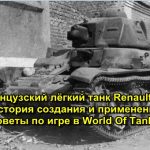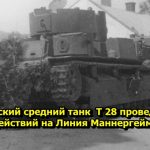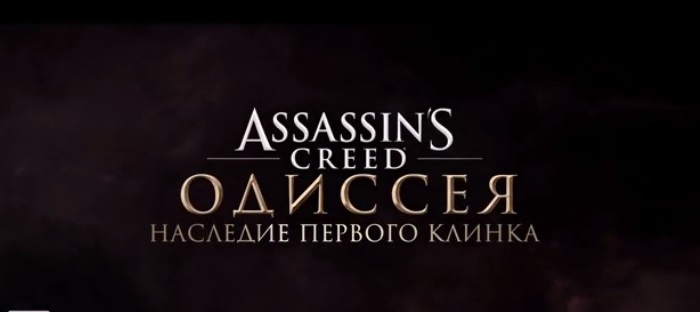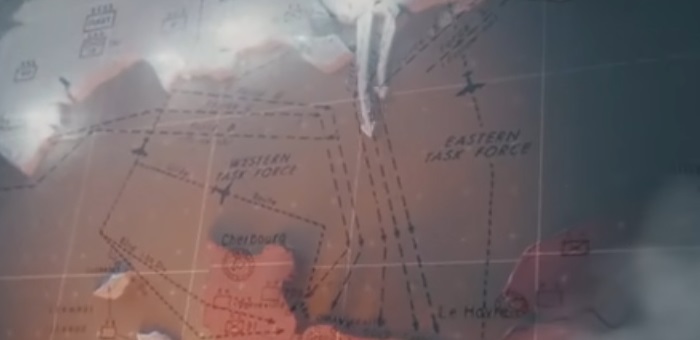The operation “Barbarossa” was attended by 17 German tank divisions. Six of them were armed with Czechoslovak tanks: the 6th tank was Pz. 35 (t), the rest were Pz. 38 (t). As you know, on June 22, 1941, about 3,680 tanks and assault guns were concentrated on the Eastern Front. As well as the reserve of the High Command of the Wehrmacht, 2 and 5 I are tank divisions. Thus, Pz. 38 (t) made up 17% of Germany’s tank fleet of that period.
Four tank divisions (7th, 12th, 19th and 20th) were part of the 3rd Panzer Group of General Goth (Army Group Center), the 8th Panzer Division was part of the 4th Panzer Group of General Göpner (Army Group North “).
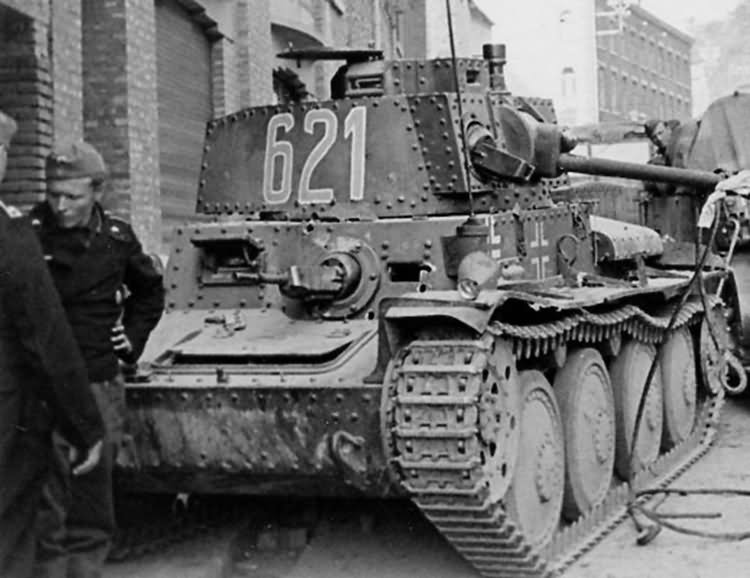
The 3rd Panzer Group dealt the main blow to the units of the 126th and 128th Soviet rifle divisions that stood along the border. German troops in this sector had multiple superiority in people and absolute in tanks. Therefore, on the very first day, the Soviet rifle divisions, without even having time to turn around, were crushed and began to retreat to the north east. German tanks captured bridges across the Neman. And in the afternoon of June 22 we rushed to Mr. Alytus.
In this direction, the 5th Panzer Division of the 3rd Mechanized Corps of the Red Army gave a worthy rebuff to German units on the first day of the war. The division of the Red Army occupied the defense on the eastern outskirts. In the afternoon of June 22, the 7th German Panzer Division approached Alytus. On the right bank of the Neman, an oncoming tank battle unfolded. On the Soviet side, a significant number of medium tanks T 34 and T 28 took part in it. Most of the Soviet medium tanks T-28 were worn out and for this reason was used to fire from a place. However, the German offensive could not be stopped. 5 I tank suffered heavy losses, lacked fuel and ammunition, the connection between units and subunits was broken, which began to depart to Vilnius at night.
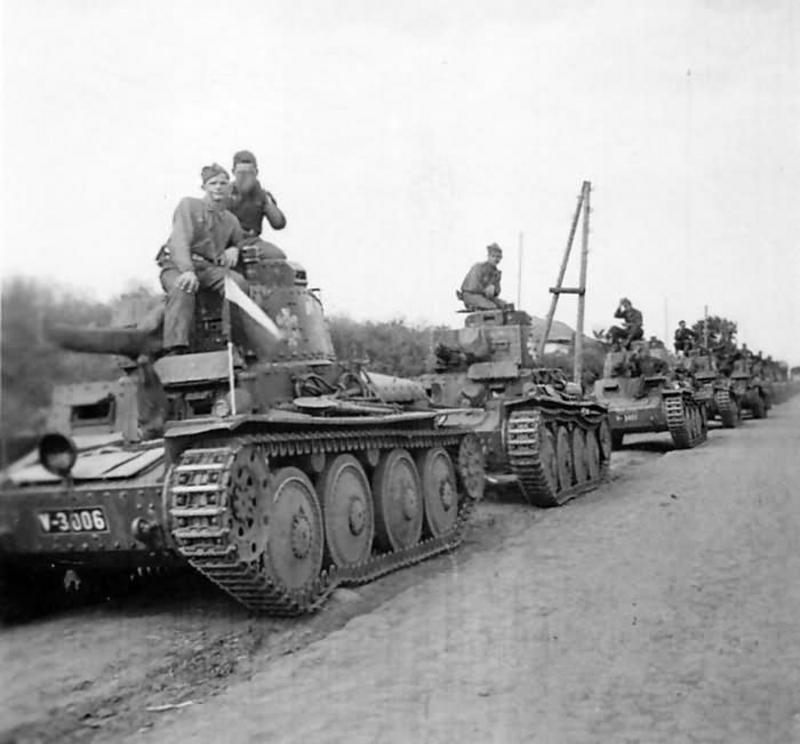
The oncoming tank battle near Alytus on June 22, 1941 is the first clash of this kind in the Great Patriotic War. The command of the German 3rd Panzer Group in its report to the headquarters of Army Group Center gave the following description of this battle: “On the evening of June 22nd, the 7th Panzer Division waged the largest tank battle during the war east of Olit (as in the German document – approx. ) against the 5th Panzer Division. 70 tanks and 20 aircraft (at the airport) of the enemy were destroyed. We lost 11 tanks. ”
It should be noted that in this report the Germans indicated only their irrevocable losses, and the Soviet side – general. Given that one irrevocably lost tank accounts for three four wrecked. The total losses of the 7th Panzer Division were 40-50 combat vehicles. However, the battlefield remained with the German troops. The German army repaired most of the damaged tanks and put them back into service. The tanks of the Soviet army were damaged and captured by the enemy. And automatically fell into the category of irretrievable losses.
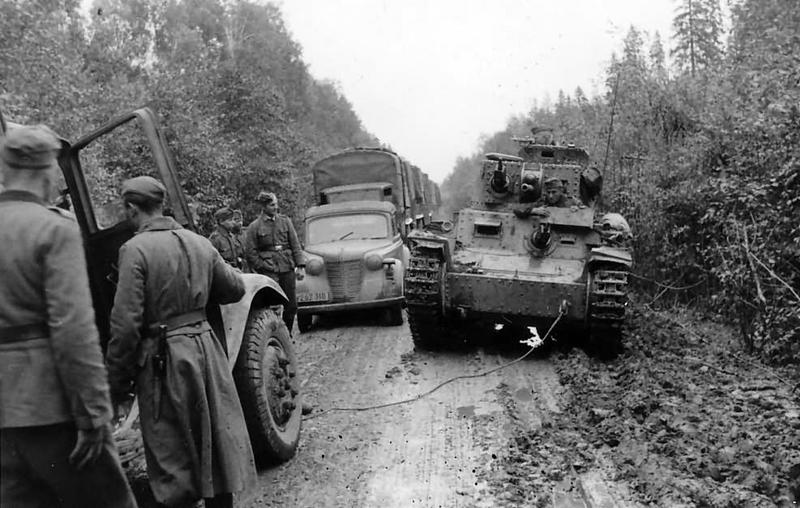
Despite heavy losses, Soviet troops offered fierce resistance to the enemy. This can be judged by the following facts. As of September 10, 1941, 62 Pz.38 (t) tanks remained in service with the 7th German Panzer Division. Irreversible losses amounted to 59 vehicles. On the same date, in the 8th Panzer Division there were 78 combat ready Pz.38 (t) and 20 tanks were irretrievably lost. On August 26, 42 Pz.38 (t) remained in service in the 12th Panzer Division and 47 vehicles of this type were destroyed. On August 25, in the 19th tank, 57 serviceable Pz.38 (t) were in service and irretrievable losses amounted to 21 tanks. And in the 20th division, 52 tanks were in operation and 37 tanks were irretrievable losses.
However, the 3rd Panzer Group continued to advance deeper into Soviet territory. Through Rzhev, Kalinin and Klin, her tanks advanced on Moscow, covering the capital from the north. At the end of November 1941, units of the 56th Panzer Corps were the 6th and 7th Panzer and 14th Motorized Division. They struck a weak spot in the defense of the Soviet troops – a joint between the 30th and 16th armies and reached the Moscow-Volga canal.
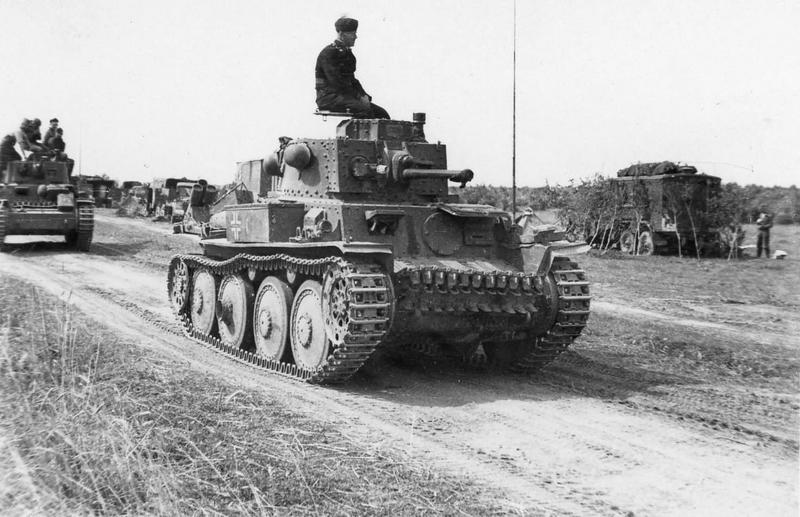
The battle group under the command of Colonel Mantoifel (the 6th infantry and 25th tank regiments) captured the bridge in Yakhroma on the night of November 28. It consolidated on the right bank of the canal and began moving towards Dmitrov, where the army headquarters were. The commander of the 1st shock army, Lieutenant General V.I. Kuznetsov, threw against the erupted German tanks the only real force is the armored train number 73 of the NKVD troops for the protection of railways. The armored train included an armored steam locomotive and two moto armored cars D 2, each armed with two 76 mm cannons.
Coming to the bridge, the armored train opened fire. Immediately three Pz.38 (t) tanks caught fire, the others opened fire with direct fire. For more successful maneuvering and an increase in the firing sector, the commander of the armored train, captain F. D. Malyshev, ordered one armored car to be unhooked and put on a parallel track. Now German tankers had to fire at two targets. They managed to knock out an armored locomotive, and one moto armored car was forced to move to Dmitrov.



